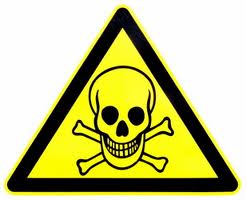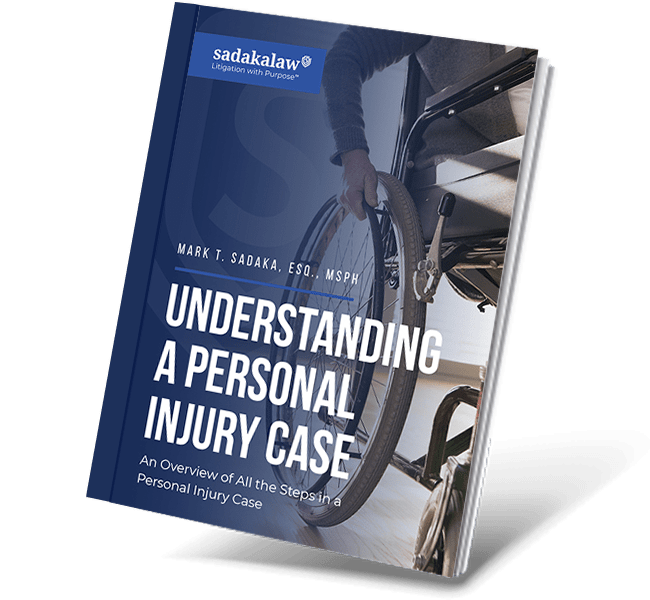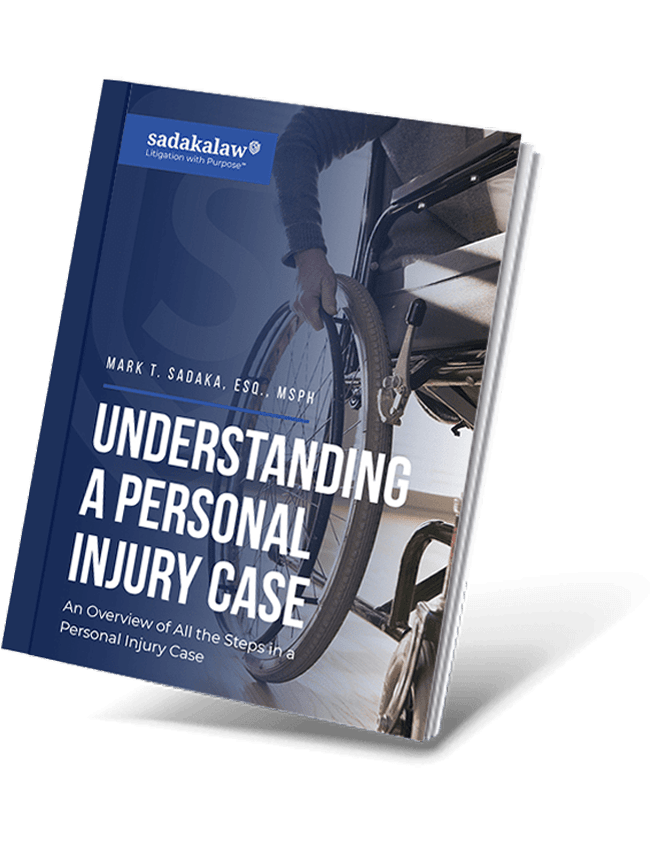 Organic food has been rising in popularity, and its no surprise why.
Organic food has been rising in popularity, and its no surprise why.
“There is a growing consensus in the scientific community that small doses of pesticides and other chemicals can have adverse effects on health, especially during vulnerable periods such as fetal development and childhood,” reports author and physician Andrew Weil, a leading voice for so-called integrative medicine combining conventional and alternative medical practices.
He adds that keeping one’s family health isn’t the only reason to avoid foods produced using chemical inputs: “Pesticide and herbicide use contaminates groundwater, ruins soil structures and promotes erosion, and may be a contributor to ‘colony collapse disorder’, the sudden and mysterious die-off of pollinating honeybees that threatens the American food supply.”
While the website version of “What’s On My Food” is helpful for advance planning, the iPhone app is handy while plying the supermarket produce aisles to help decide whether to go for organic or not and avoid the dangers of pesticides. Example, the database shows that conventionally grown collard greens likely contains residues of some 46 different chemicals from including nine known/probable carcinogens, 25 suspected hormone disruptors, 10 neurotoxins and eight developmental/reproductive toxins—not to mention 25 different compounds known to be harmful to honeybees.
Most pesticides are sprayed on the outside of produce, so fruits and vegetables that you will be skinning before consuming are generally the safest in terms of pesticide residues.
For more information about dangerous pesticides in food and toxic substance law, visit the website of Sadaka Associates at www.sadakafirm.com.
[related_posts limit=”5″]


